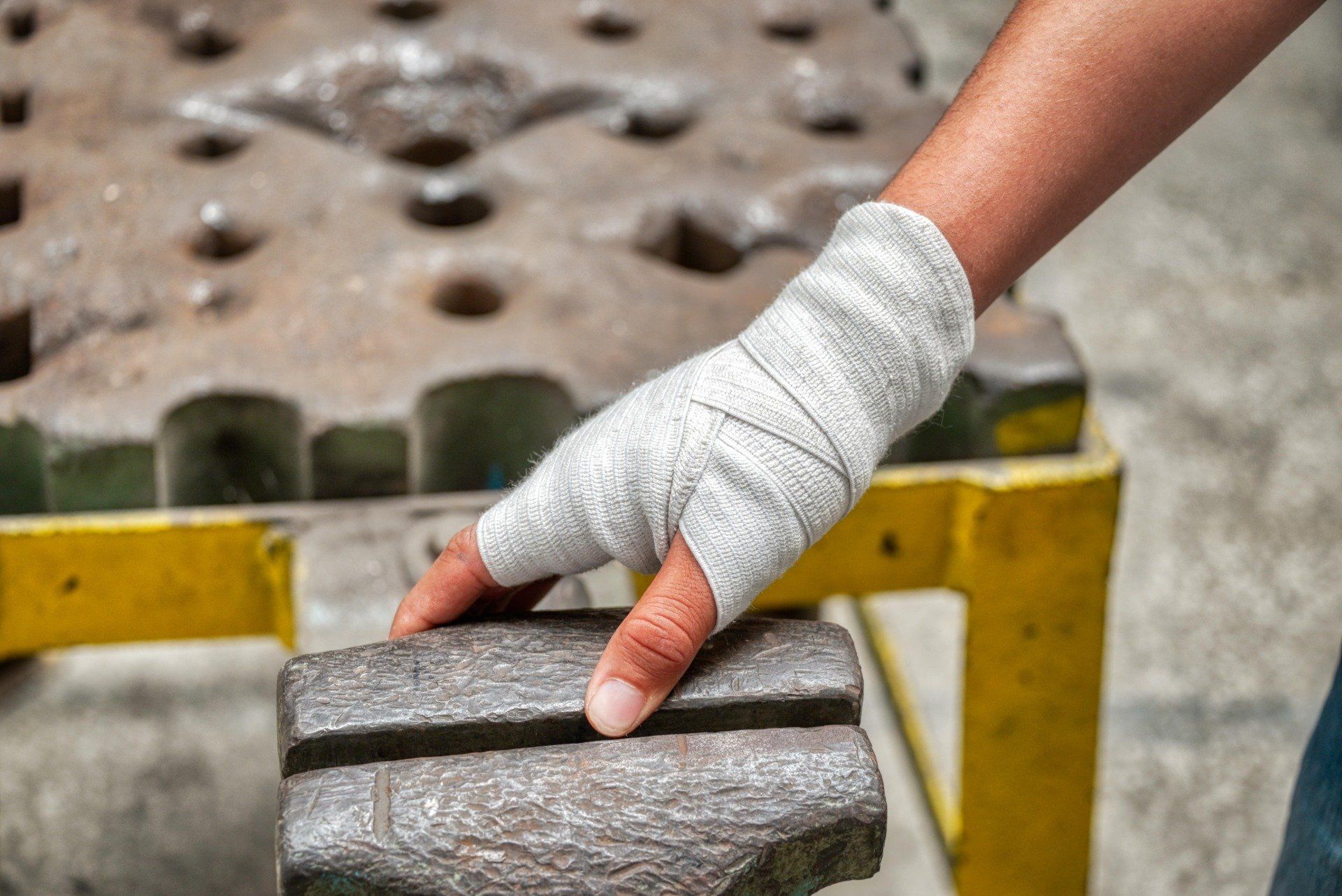How Are Damages Assessed in a Personal Injury Case?

If you’ve filed a personal injury case in Georgia, you can claim several different types of damages ranging from medical expenses to loss of companionship.
While some damages are easy to assess, as long as you can provide proof, others are less tangible and more difficult to measure. For example, it’s difficult to calculate appropriate compensation for a subjective concept like the emotional distress you’ve endured as a result of your injuries. The insurance company, your legal team and potentially a judge or jury will have to find and examine evidence to back up your claims of suffering and discomfort.
Most insurance companies will try to either reduce or deny injury claims, especially those that are less tangible and hard to prove. If you’ve suffered injuries because of another person’s negligence, consider hiring an experienced personal injury attorney who can offer legal representation and fight for the compensation you deserve.
What Types of Personal Injury Damages Are Available in Georgia?
In general, there are two types of personal injury damages you can pursue in a personal injury case in Georgia: economic damages and non-economic damages.
Economic damages refer to tangible financial losses you sustained as a result of your injury. These can be things like medical expenses, lost wages and loss of earning potential. Other examples of economic damages include:
- Ongoing medical expenses, like in-home nursing care, physical therapy and prescription medication
- Home modifications for disabilities
- Extra childcare costs
- Cleaning and landscaping service expenses
The most important thing to do before claiming these types of damages is to ensure you have proper documentation to demonstrate your claim, such as medical bills, medical records and written statement from your employer.
Non-economic damages pertain to feelings and experiences you endured indirectly as a result of your injuries. Examples of non-economic damages include pain and suffering, mental and emotional anguish, loss of enjoyment of activities and humiliation.
For instance, if your injuries result in chronic physical pain or you can no longer play your favorite sport because of your injury, you can claim these losses personal injury damages. Spouses may also be entitled to non-economic damages in the form of loss of consortium claims.
How Are Economic Damages Assessed?
When you file your personal injury claim, it isn’t enough to just list your economic expenses. Each expense must include a thorough breakdown. For example, if you’re claiming medical bills, you’ll have to include all the receipts or invoices, whether it’s for pharmaceuticals, doctor’s visits or surgery. You may also need to provide evidence that the injury being treated was caused by the claim event (like a car accident).
Things can get a little more complicated when you’re claiming future medical expenses. Your attorney’s job is to maximize your compensation to ensure you aren't at risk of running out of money in the long run. The annual projected cost of ongoing care is usually multiplied by the number of years you will need it. It’s not uncommon for attorneys to rely on credible medical research and expert opinions to establish a realistic number.
How Are Non-Economic Damages Assessed?
Non-economic damages, such as pain and suffering and mental anguish, although real, don’t have a precise cost attached to them. Unless both parties can agree on a specific amount, your attorney can use one of two formulas to calculate the damages: the multiplier method and the per diem method.
The Multiplier Method
When using this method, your attorney relies on the cost associated with your physical injuries and multiplies it by a number between 1.5 and five. For instance, if your medical bills and lost wages amount to $40,000 and the multiplier is four, your non-economic pain and suffering damages should be $160,000.
Keep in mind, the insurance carrier will try to lowball the multiplier. Your attorney’s duty is to prove a case that justifies the highest possible multiplier.
The Per Diem Method
If you’ve suffered a relatively short-term injury, your attorney can use the per diem (per day) method to calculate non-economic damages.
The per diem formula consists of the following steps:
- Establish your daily work rate (hourly rate or salary per day)
- Establish the number of days of pain and suffering
- Multiply the two numbers to get a pain and suffering settlement
Let’s say you were injured in a car accident and suffered severe back pain for three months (around 90 days). Your salary at your current job is $50,000 per year or $208 per day.
In this case, your pain and suffering settlement is $18,720 ($208 x 90).
Find an Atlanta Personal Injury Lawyer to Help Your Case
At Atlanta Elite Lawyers, we help individuals find legal representation after they’ve been injured. If you or a loved one has suffered injuries because of someone else’s careless actions, we encourage you to consider some of the attorneys listed on our website.


